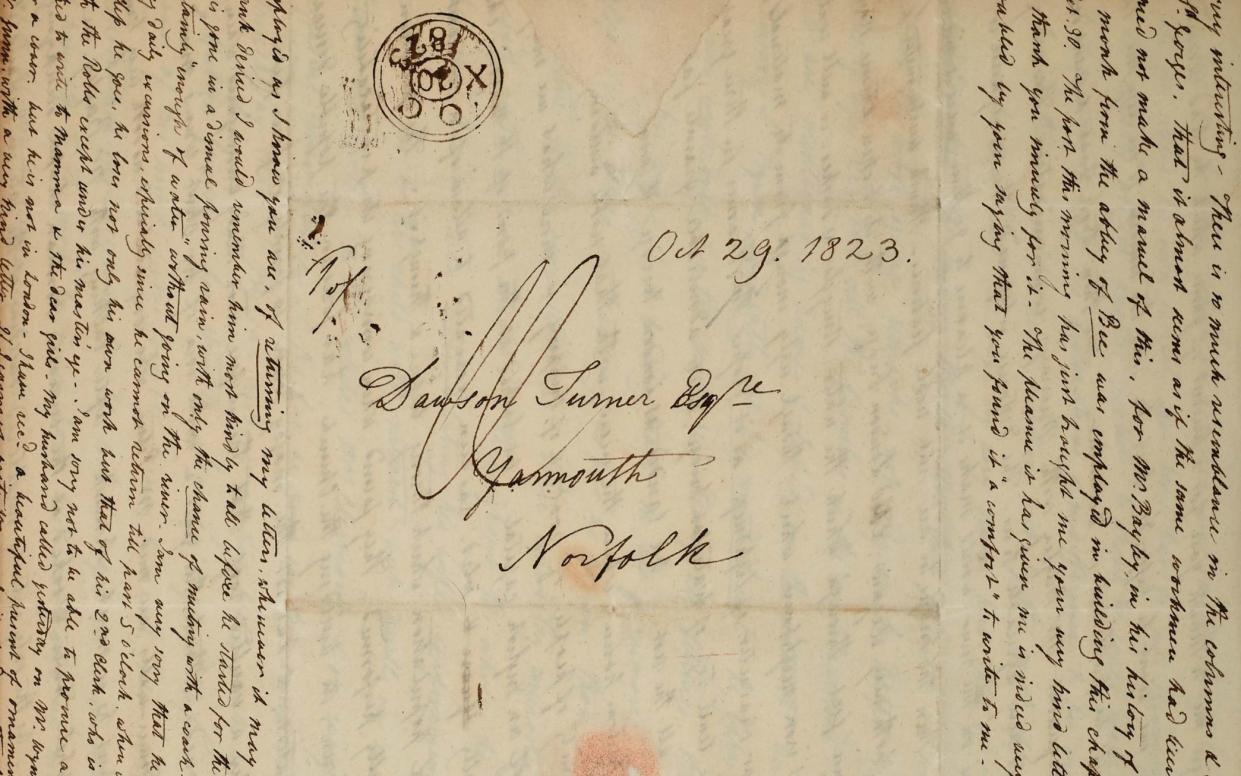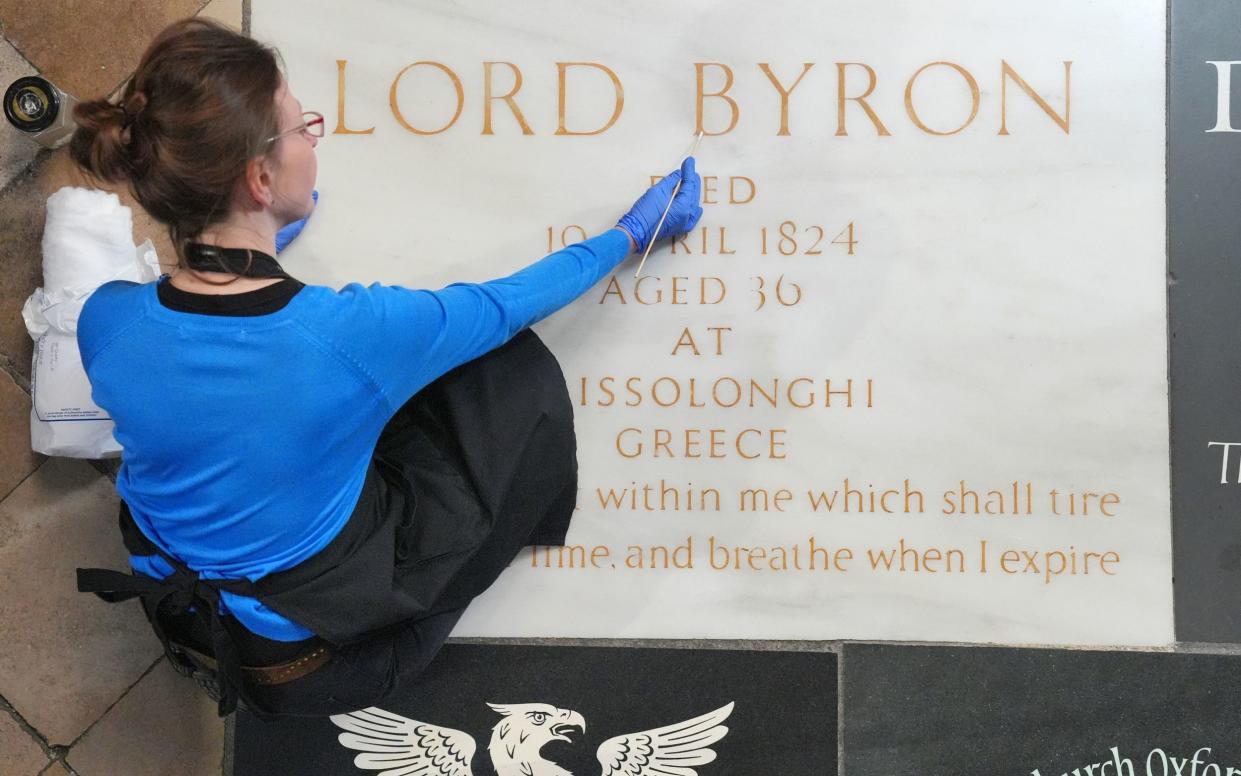Lord Byron was ‘most perverted’ man, according to artist who saw his memoirs

Lord Byron was a “most perverted” man who “set his mind to evil”, according to a letter by an artist who read his memoirs before they were destroyed.
The Romantic poet recorded details of his life in diaries which were to be published after his death, but his friends instead destroyed the documents in order to keep his private life secret.
A newly unearthed letter has now shed light on their mysterious contents.
The letter, found in a Cambridge University library, was written by Elizabeth Palgrave, a 19th-century society lady and artist, who was given a brief glimpse of Byron’s memoirs before they were destroyed.
She was so shocked by their contents that she wrote to her father to describe the moral failings of the celebrated poet, who died 200 years ago, on April 19 1824, aged 36.

In the letter Palgrave writes that “Lord Byron evidently set his mind to evil – he takes delight in recording his own wickedness, and in the most perverted of all feelings”.
She adds that “all the power of his mind seems forcibly turned to do evil only” and that by writing down the account of his evil, “ he must have been actuated by motives so perverted as to be really unaccountable”.
Palgrave read the memoirs in 1823, just a year before Bryon died and the diaries were burned. Her main concern was his treatment of his wife Anne Milbanke.
She writes that Byron took every opportunity to insult her and her family, and expressed his “indifference” to his wife, who he only married because, during a snowstorm in which they were both trapped, he was “without another creature to whom he could make love in his way”.
Palgrave concludes that the caddish Byron took “extreme pleasure … in levelling, as far as he can, those who are eminent for virtue to his own standard”.
The letter, found by curators at Trinity College’s Wren Library earlier this year, offers an unprecedented glimpse into the content of the memoirs which have been lost to history.
Byron had achieved international fame with works like Childe Harold’s Pilgrimage and Don Juan, and scandalous rumours of homosexuality and incest in his private life added to his reputation.
Lady Caroline Lamb, a one-time lover, called him “mad, bad, and dangerous to know”.
He began writing a memoir in 1818, and handed it to his close friend Thomas Moore, who in turn passed it to Byron’s publisher John Murray, all on the proviso that it only be made public after his death.

When he died in the Greek War of Independence in 1824, his friends debated whether to make the document public or not, and eventually opted to burn it in order to keep its contents secret.
But it has now been revealed that on a visit to Murray’s publishing office in 1823, Palgrave was allowed to read through sections of the manuscript.
Her newly discovered letter recounting its contents has thrilled Cambridge scholar Dr Corin Throsby, who said: “For centuries people have wondered what Byron’s lost memoirs might have contained, so it is truly exciting to have another first-hand account from someone who read them.
“Byron was always out to shock, and he would have been unsurprised and possibly delighted by Elizabeth’s extreme reaction to his work.
“Her letter shows the success of Byron’s ‘bad boy’ persona as she is not only disturbed but also clearly fascinated by him, repeatedly imagining how he was feeling while writing.”


